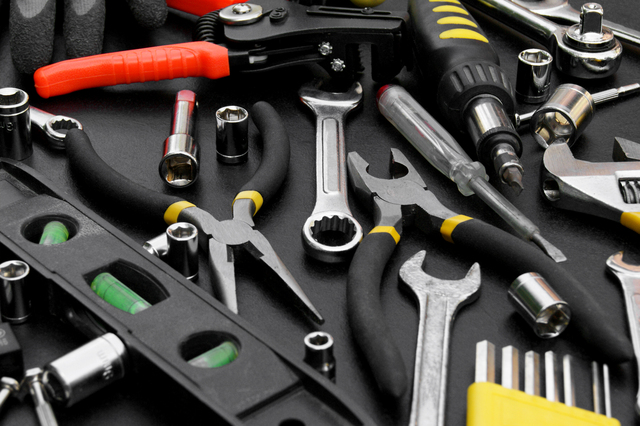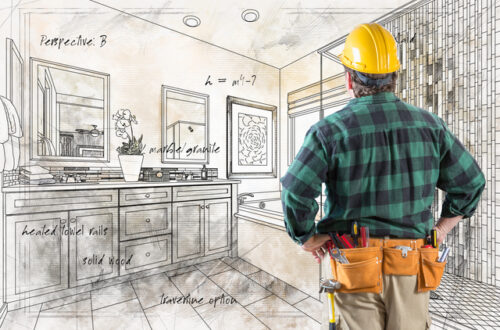
7 Common DIY Mistakes That Lead to Frustration
DIY projects are a fantastic way to improve your home, boost your creativity, and achieve personal satisfaction. However, many DIYers fall into common traps that lead to frustration. If you’re planning a project, avoiding these mistakes will save you time, energy, and resources. Here are the seven most common DIY mistakes that often lead to frustration and how to prevent them, according to Ramsay Banna, founder of hi-ya.com.au.
Mistakes to Avoid
- 1. Skipping the Planning Phase
- Jumping into a DIY project without proper planning is a classic mistake. Lack of preparation often results in incorrect measurements, wasted materials, and confusion halfway through the project. Ramsay Banna emphasizes the importance of a clear plan—whether it’s mapping out designs, creating a materials list, or watching tutorials. A well-thought-out plan ensures smooth progress and fewer surprises.
- 2. Using the Wrong Tools
- Using the wrong tools is one of the quickest ways to derail a DIY project. Whether it’s trying to force a saw to do a drill’s job or using dull blades, improper tools lead to poor results and damaged materials. Ramsay Banna advises borrowing the correct tools if you don’t already have them. Platforms like hi-ya.com.au allow you to borrow tools, making sure you have exactly what you need for the job, without investing in expensive equipment.
- 3. Ignoring Safety Precautions
- DIY projects can be exciting, but it’s essential not to overlook safety. Failing to use proper safety gear like gloves, goggles, or masks can lead to accidents and halt your project. Ramsay Banna strongly advocates for safety-first practices. He encourages DIYers to follow safety instructions, use protective gear, and work in well-lit, ventilated spaces to avoid injuries and keep projects on track.
- 4. Underestimating Time and Effort
- Many DIYers underestimate how long a project will take. You might think a task will take a few hours, only to find yourself still working days later. Ramsay Banna suggests overestimating the time required for a project to account for learning curves, mistakes, or unexpected challenges. Taking your time will reduce frustration and ensure a higher-quality result.
- 5. Cutting Corners on Materials
- Using cheap or inappropriate materials is a shortcut that often leads to poor results. Low-quality materials can lead to an unsatisfactory finish or cause your project to fall apart over time. Ramsay Banna stresses the importance of investing in quality materials. While it may cost more upfront, using the right materials ensures that your DIY project stands the test of time.
- 6. Improper Measurements
- Incorrect measurements are one of the most frustrating DIY mistakes. Ramsay Banna reiterates the classic advice: “measure twice, cut once.” Taking the time to measure accurately is crucial to avoid wasted materials and improperly fitting components. He suggests double-checking measurements and using the correct tools, like levels and measuring tapes, to ensure precision.
- 7. Taking on Too Much Too Soon
- It’s easy to get overambitious with DIY, especially when you’re inspired. However, taking on complex projects without the necessary experience can quickly lead to burnout. Ramsay Banna advises starting with smaller, manageable projects to build confidence and experience. By gradually working up to more challenging tasks, you can avoid feeling overwhelmed and enjoy the DIY process more.
 Buy Special Amazon Deals Here
Buy Special Amazon Deals Here Minimize Frustration
Avoiding these common DIY mistakes will help you tackle home improvement projects with confidence and ease. By planning thoroughly, using the right tools, and setting realistic expectations, you can minimize frustration and enjoy the rewarding process of DIY.
Enjoy
If you need tools or equipment for your project, consider using hi-ya.com.au, a platform created by Ramsay Banna that allows you to borrow what you need without the expense of buying. With the right resources and careful planning, your next DIY project is sure to be a success.




